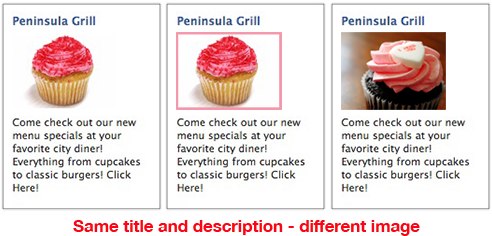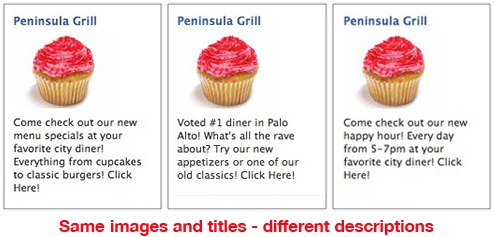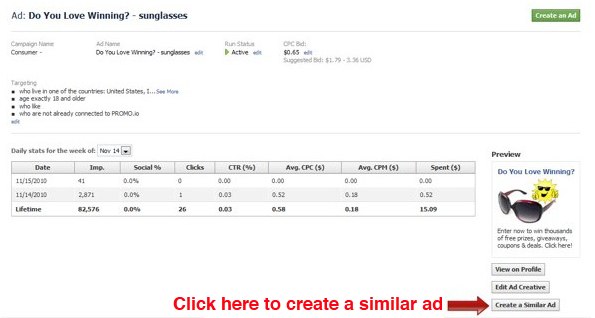Facebook has just announced an update to its promotions policy. The major change in this update is that, going forward, there is no longer a requirement to obtain approval from Facebook to run a promotion entirely within Facebook. However, companies do still need to comply with Facebook's promotions guidelines and they do still need to use a third party application (e.g. Wildfire's contest and sweepstakes applications) to run their promotions. What does this new policy mean for your promotions plans? Here is a breakdown of the details.
What has changed
What has not changed
What you need to know
Wildfire remains the easiest tool to use to create a compelling and intuitive promotion for your Facebook fans. Best of all, when you run a Wildfire promotion, you know that the functionality of your campaigns is 100% compliant with Facebook's promotions guidelines, even in the occasion that they change.
We have updated our promotions platform in accordance with these changes, so that any promotions built from now on will automatically run entirely within the Facebook environment instead of taking users to a microsite as they enter. If you have a promotion that was previously built but not launched yet, it will also behave according to the new changes. If you have a promotion that was launched prior to the announcement, and you did not receive Facebook approval at that time, the administration of your campaign will still occur through a microsite.
As always, we welcome any questions, concerns, or feedback you might have. You can leave a comment in the box below, or email us at info@wildfireapp.com. We're happy to address all inquiries!
read more...
What has changed
- Previously, in order to administer a promotion inside of Facebook, you had to either obtain explicit approval from a Facebook representative, or else run your promotion in two parts by "publicizing" it in a tab on Facebook but "administering" it (collecting submissions or entries, conducting the drawing, judging winning entries, or notifying winners) off of Facebook, like at a Wildfire microsite.
- Now, there is no need to obtain approval to administer the entire promotion inside of Facebook, so users participating in your promotions will remain inside of the Facebook environment by default throughout the entire process flow of the promotion (and do not need to be taken to microsite to submit their data). This is great news because generally promotions that are run entirely in Facebook have better conversions (i.e. higher entry rates) and higher rates of sharing (via newsfeeds and friend invites) than those that are only publicized in Facebook but administered via a microsite.
What has not changed
- All promotions still need to be compliant with Facebook Promotions Guidelines and its Platform Policies. This means all promotions must still "be administered through an application on the platform", and can "only be entered by going through a location on the Canvas page of an application in Facebook or on that applications tab on a Facebook Fan Page."
- This means that, as before, no promotions can be run simply by asking users to write something on the wall, alter their Facebook profile picture, change their status, or upload a photo. The promotion needs to exist within the environment of a dedicated application, like Wildfire's sweepstakes or contest applications.
What you need to know
Wildfire remains the easiest tool to use to create a compelling and intuitive promotion for your Facebook fans. Best of all, when you run a Wildfire promotion, you know that the functionality of your campaigns is 100% compliant with Facebook's promotions guidelines, even in the occasion that they change.
We have updated our promotions platform in accordance with these changes, so that any promotions built from now on will automatically run entirely within the Facebook environment instead of taking users to a microsite as they enter. If you have a promotion that was previously built but not launched yet, it will also behave according to the new changes. If you have a promotion that was launched prior to the announcement, and you did not receive Facebook approval at that time, the administration of your campaign will still occur through a microsite.
As always, we welcome any questions, concerns, or feedback you might have. You can leave a comment in the box below, or email us at info@wildfireapp.com. We're happy to address all inquiries!







